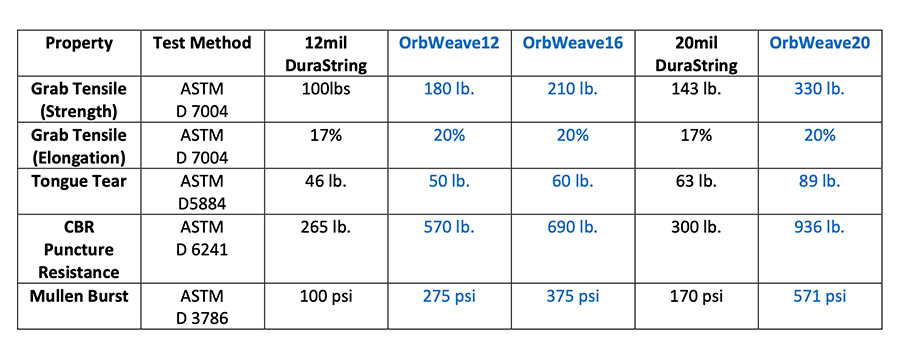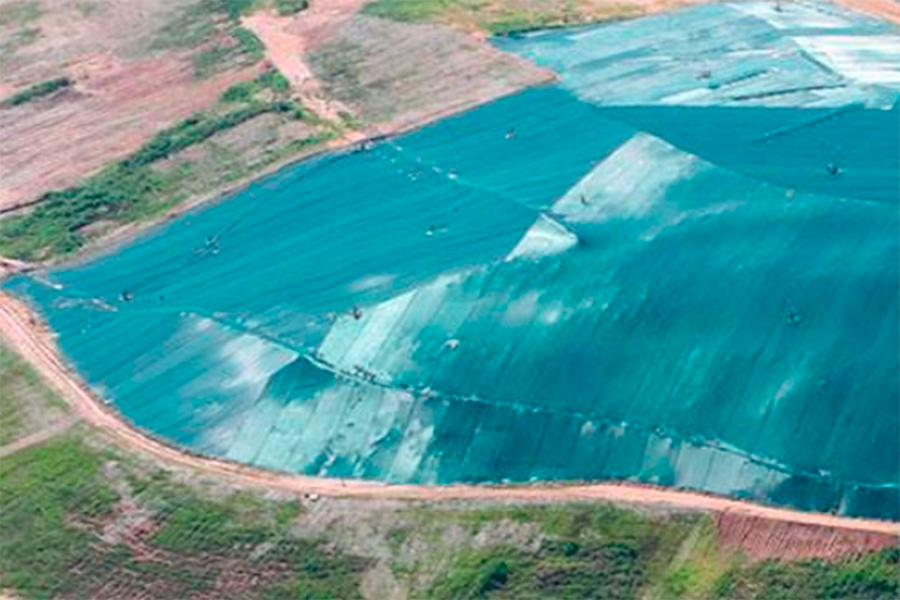One of the largest challenges facing municipal solid waste and coal ash sites today is the increasing costs associated with treating leachate. One of the most common ways to address this issue is with a temporary geomembrane rain cover. There are a variety of other reasons they may be specified or required by the site owner, local, or state government. Generally, temporary rain covers have a life expectancy ranging anywhere between one to five years (longer is feasible). These can include but aren’t limited to, temporary closure, wildlife protection, odor control, and leachate mitigation. This article will briefly explore the leachate aspect of this application.
Leachate starts as rainfall. Rain falling on top of a landfill is the main contributor to the generation of leachate on a specific site. This contaminated water has two options once it seeps through the solid waste. It can be treated onsite, or hauled to the local waste water treatment plant. Costs can very significantly depending on the volume, the toxicity and where it is being treated. Typically the costs range between $0.00 – $0.25 per gallon (not including trucking costs). The lower costs typically come from relationships or agreements the landfill may have with the city. In exchange for taking the city’s sludge at a lower or reduced rate, the city will take the landfills leachate. The higher costs can be associated to highly contaminated leachate that requires onsite pretreatment or hauling costs to the local treatment plant. In temperate regions leachate treatment can be upwards of 20-30% of the operating cost on some sites.

You can see this map shows the average rainfall per state per year. As stated above there is a direct correlation to the amount of rainfall and the leachate produced on each site. By covering these large areas with a temporary cover, sites can significantly lower their operating cost while protecting the environment. The two main products that dominate this market are a string reinforced laminated polyethelene and a woven coated polyethene. Both have advantages and disadvantages but woven coated material such as OrbWeave has exceptional physical properties needed for a demanding environment with exposure to the elements.
Annual State Precipitation Averages

Rain Cover Comparison Chart

Great Lakes Lining Cover Systems
Great Lakes Lining offers covering systems, which are great for short and intermediate protection of your investments. Factory fabricated to ensure the highest quality seam while reducing or eliminating field seams, these products are created in a light to medium weight to fit your application. Our proven fabrication process will save both time and money on a proper cover system.
These temporary covers have a variety of applications including salt pile, silage & grain, landfill rain covers, equipment, dirt, stock piles, and more. Great Lakes Lining has a number of solutions that offer unique physical properties that can be put in place for a single season or up to 10 years of exposed coverage. If you are working on a project in need of a cover system, we are available to help you find the best solution.

